It was an early afternoon in late October as we launched our two canoes from a landing onto a winding lake in an Upper Michigan wilderness area. Temperatures were around 50 degrees Fahrenheit, and winds were 5 to 10 mph with gusts up to 20 mph. The water was freezing. Although the four of us were experienced paddlers, I was anxious about canoeing on such cold and wavy waters in the Upper Peninsula of Michigan this time of year for fear of hypothermia from capsizing.
With canoes loaded for a 3-day adventure, we paddled a quarter mile through a calm channel in the Upper Peninsula. Then, as we continued, the open water of Crooked Lake became choppy and turbulent. The wind picked up significantly. We had difficulty finding the unmarked portage to High Lake, where we planned to camp that night.
My friends, Tom and Mary Jo Clark were in their Wenonah Minnesota II, a typical performance touring canoe in this area. My other friend, Tom Link, and I were in my Wenonah Spirit II, an incredibly versatile touring canoe when we lost sight of the Clarks.
The wind was causing waves that somewhat blocked our view, and we couldn’t see around protruding landmasses. Tom and I landed and located the portage, but then pushed off again in search of the Clarks. Fortunately, we found them. They landed at another location, thinking that might be the portage.
The portage to High Lake, our campsite location, is only 22 rods (363 feet). We made three trips over the portage with our canoes and gear -still a challenge for four adventurers in their mid to late 60s.
About the Sylvania Wilderness Area
Our fall canoe adventure took place in the 18,327-acre Sylvania Wilderness and Recreation Area, located within the Ottawa National Forest in Michigan’s Upper Peninsula. Sylvania is part of the National Wilderness Preservation System. In addition to a campground near Sylvania’s entrance, there are 50 designated backcountry campsites located near several of the 34 named lakes in this charming chain-of-lakes wilderness.
Over the past 20 years, I have led college students on 6-day wilderness canoe adventures in Sylvania, paddling 13 lakes, and making 18 portages each trip. I’ve also made several canoeing trips there with friends. Plus, I have camped in Sylvania with student groups on fall and winter backpacking trips along some of the 25 miles of hiking trails in the area.
Wildlife abounds, and scenic woodland vistas seem to manifest at every turn. The U.S. Forest Service writes, “The old-growth forests and pristine lakes in the region provide habitat for a wide range of animal and plant life, including rare orchids, bald eagles, loons and osprey.”
All Sylvania lakes require non-motorized water travel, except for Crooked Lake that allows minimal powered boats. And, a part of Crooked Lake resembles a river. The upper and lower open areas of the lake are connected by a mile-long and winding waterway, giving the sensation of being on a wilderness river.
Read More: Winter, Spring, Summer, or Fall – Sylvania Has It All
Back at High Lake
When we put into High Lake, the water was reasonably calm because towering hemlocks and pines sheltered the lake from the wind. The water’s clarity was stunning, as we could see 20 or more feet into a deep crystal-blue lake.
We paddled to Bobcat campsite, one of two sites on the lake. Then, we unloaded our canoes and set up camp. In addition to our tents, we set up a tarp over the cooking area since rain and snow mix was predicted for the night. With a 2-burner stove set in place and a campfire warming in the fire ring, we had an ideal camp setting. In my journal, I wrote, “We started a happy hour with brandy and whiskey, followed by a beef stew supper.” It couldn’t get any better than that.
Following clean-up, hanging our food in a distant tree, and sitting around the campfire, we crawled in our tents to temperatures that night of about 35 degrees F. Then, I heard the pitter-patter of rain, sleet, and then the snow hit my tent on and off throughout the night.
We woke to temperatures in the mid-30s and an overcast sky. Following breakfast, the group decided not to take our chances paddling in the cold. Instead, we stayed at our campsite for a second night. Later, we took a challenging hike from High Like to the portage between Mountain Lake and Crooked Lake, where we originally intended to travel by canoe. It was a day for exploration.
Back at camp later that day, after gathering wood for our campfire and eating supper, the four of us enjoyed fun conversation around a warm fire before sliding into our sleeping bags. That night temperatures dropped to 25 degrees F.
Come morning, we woke to a clear blue sky and ate breakfast. We then packed for our paddle back to the portage and the landing. Crooked Lake greeted us with rippling water, sunshine, and temps in the low 40’s. It was a delight.
However, the water was still icy cold. We made the long stretch back to our landing without capsizing, and without getting wet or cold. It was a relief to have survived a cold-weather challenge while enjoying an autumn canoe-camping adventure.
Read More: Canoe Camping: Plan, Pack & Paddle
Recommendations For Cold Weather Canoeing and Camping
Only attempt cold weather canoeing and camping if you have prior experience and skill with canoeing and camping. Please don’t make it your first adventure. But if you have the skills and previous experience, consider the following:
-
- Be prepared by having quality paddling gear and camping gear.
-
- Check the weather for temperature, wind, and potential precipitation or storms.
-
- Leave an itinerary with family members of trip details, including contact information, locations, dates, and times of arrival and return.
-
- Know self-rescue techniques, first aid, and how to treat hypothermia. As a starting point, view the canoeing safety videos from the American Canoe Association.
-
- Keep a low center of gravity when packing your canoe.
-
- Always wear your life preserver when canoeing.
-
- Paddle close to shore in inclement weather.
-
- Try keeping dry and warm at all times, and dress in clothing that dries quickly.
-
- Count your blessings when you return safely.
What have been your experiences with cold water canoeing? Have you gone canoeing in the Sylvania Wilderness Area in the upper peninsula of Michigan? Please share your stories with us in the comments below!
Read Next:
Wildlife Encounters On The Water
Prep Your Kids For Canoeing; You Will Thank Me Later
Paddling My Spirit On A Wisconsin Flowage
River Safety: 4 Lessons Learned From A Swiftwater Rescue Training Course
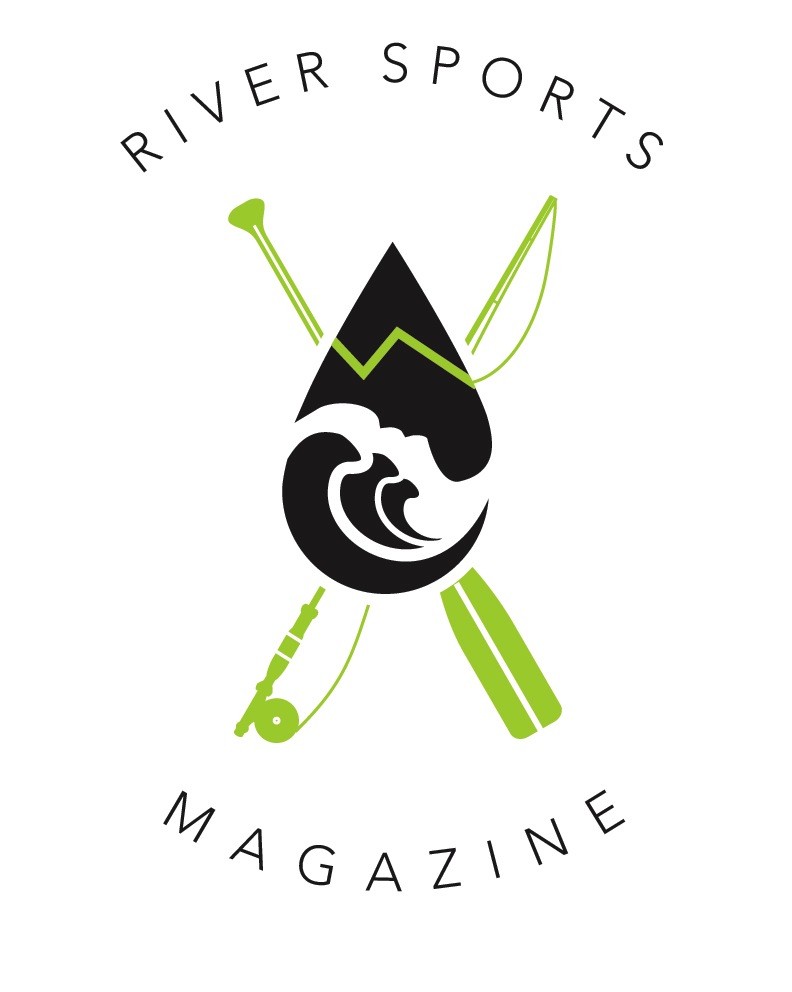

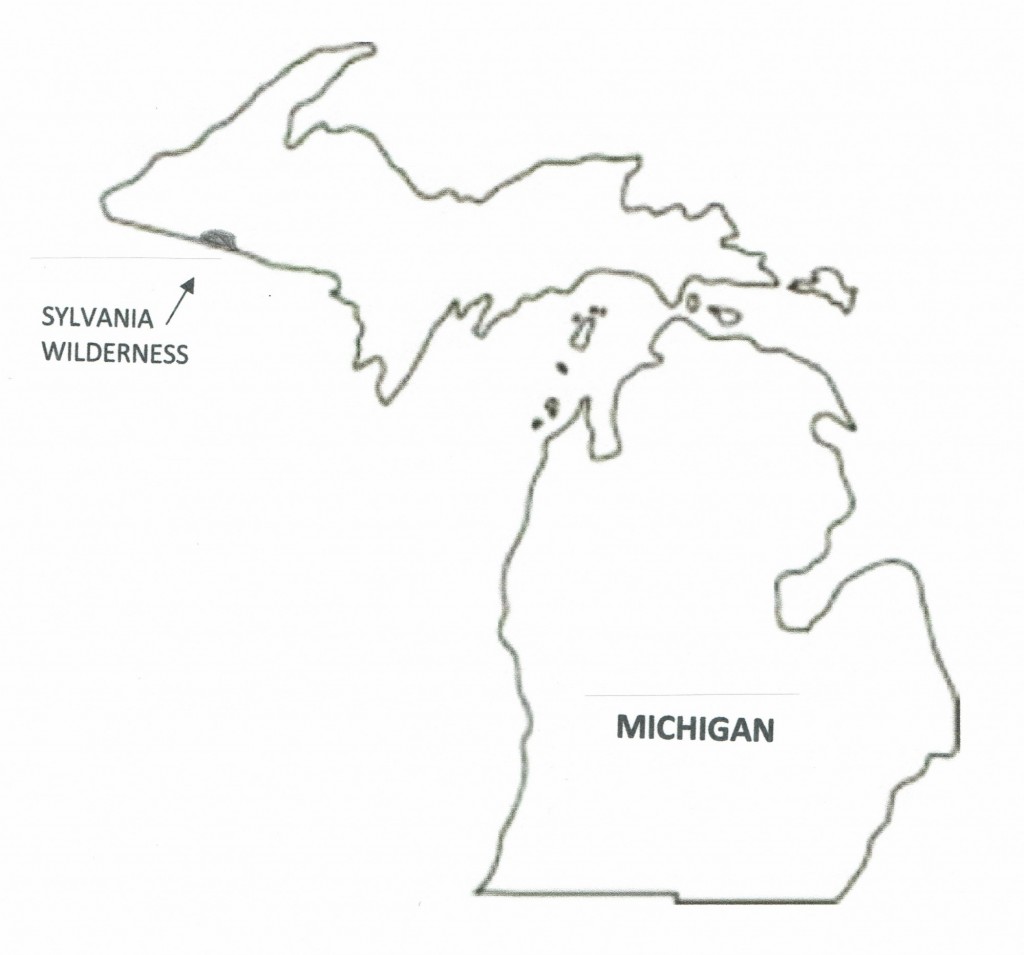
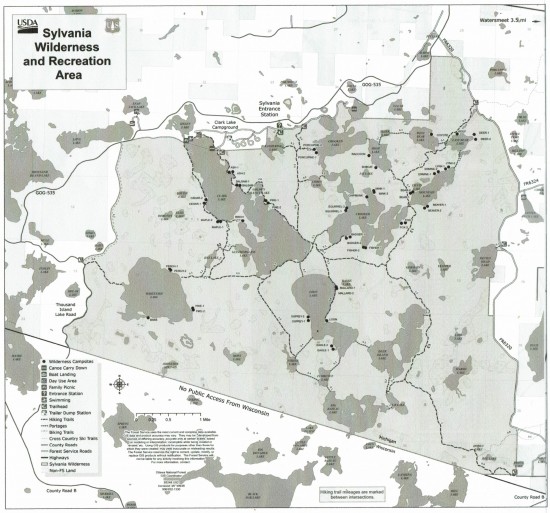

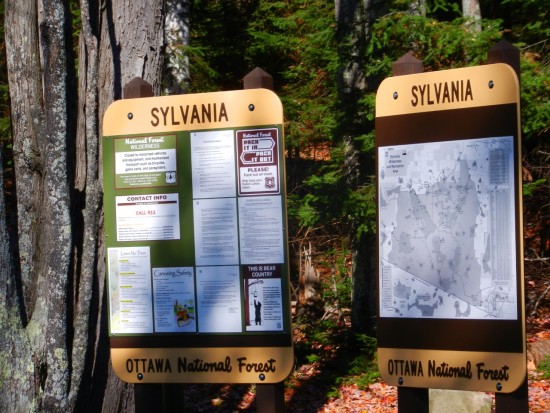
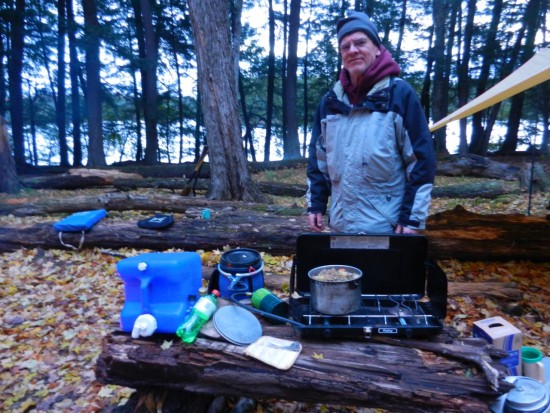

Leave a Comment